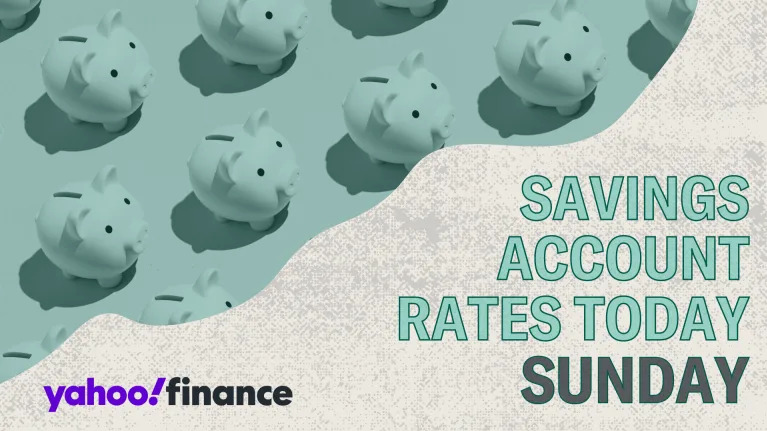In its final meeting of the year on Dec. 18, 2024, the Fed once again lowered the federal funds rate. The FOMC’s 0.25% decrease is the third rate cut in this cycle of lower interest rates.
The federal funds rate. The Fed. The FOMC. No doubt you’ve heard and read these terms before. But what do they mean? How does this impact your financial life?
Here’s what you need to know about the federal funds rate — and why it matters. We’ll keep it really simple.
Read more: Fed rate predictions for 2024
In this article:
The federal funds rate is the interest rate the government sets for one bank to charge another bank for ultra-short-term loans, usually just overnight. It’s actually a target rate range. Banks negotiate a specific rate between each other within that target range set by the Federal Reserve.
That’s it.
Learn more: How much control does the president have over the Fed and interest rates?
The current federal funds rate is 4.25% to 4.50%.
But here’s some flavor for you monetary trivia fans.
The federal government used to require banks to hold a certain percentage of their deposits in cash as a reserve. That ended in 2020.
When banks were required to have reserves, those funds were held in the U.S. Federal Reserve System, often called “the central bank” or just “the Fed.” There are 12 Federal Reserve banks across the nation.
Today, banks still hold money at the Fed, but for a different reason: to manage the flow of enormous sums of cash day to day. For example, when a bank moves a great deal of money and needs some extra liquidity, it can borrow the cash from another financial institution through the Federal Reserve System.
Now, here’s why all of this matters to those of us who aren’t bankers.
Dig deeper: How has the federal funds rate changed over the last 50 years?
The U.S. central bank — the Federal Reserve — has a committee that meets eight times a year to set the target range that banks will use to borrow from each other. It’s called the Federal Open Market Committee.
At these meetings, the FOMC decides whether to raise, lower, or keep that interest rate the same. CNBC, Bloomberg, and, yes, Yahoo Finance are all over this news. “The Fed raises rates by a quarter point!” Or, “FOMC cuts rates!”
Those are the headlines you’ll likely see. Maybe without the exclamation points.
The Fed makes these interest rate changes to adjust the U.S. economy and manage consumer costs. Higher prices on groceries, gas, and most everything else is called inflation.
By raising interest rates, the Fed makes borrowing money more expensive. As a result, the economy is expected to slow, and with it, the inflation rate will ease.
If the economy needs a boost, the Fed decreases interest rates.
Learn more: How does inflation affect mortgage rates?
Those interest rate changes at the very top rung of the financial pyramid trickle all the way down through the banking industry. Since banks pay interest to borrow from each other, they use that baseline cost to set their interest rates for consumers.
Everything is impacted:
-
Interest paid on savings and money market accounts
-
Interest paid on high-yield savings accounts
-
Interest paid on certificates of deposit
-
Interest charged on credit cards
-
Interest charged on loans, such as student and auto loans
The federal funds rate does not directly impact mortgage rates, but Fed interest rate moves do influence Treasury bonds and the bond market as a whole. So, a rising or falling fed funds rate will give you an idea of how home loan rates will likely move.
So now that you’re pretty much a monetary policy expert, when someone asks your group over coffee, “What’s up with the fed funds rate?” you can take it.
Dig deeper: What the Fed rate decision means for bank accounts, CDs, loans, and credit cards
The federal funds rate is the interest rate depository institutions charge each other for overnight loans. The effective federal funds rate (EFFR) is the median rate charged for those loans from the prior business day. Since the fed funds rate range is 4.25% to 4.50% right now, the EFFR will fall between those two numbers. The real fed funds rate is 4.58% today.
What is the difference between the fed funds rate and the discount rate?
The federal funds rate is the interest rate banks charge each other for overnight loans. The discount rate is the rate depository institutions pay when they borrow directly from the Federal Reserve.
The federal funds rate affects the prime rate, which is the interest rate banks charge consumers for loans. The prime rate is usually about 3% higher than the fed rate, and today it is 7.75%.
Since the Fed cut the fed funds rate by 0.25%, and the prime rate is typically 3% higher than the fed rate, it will probably be 7.50% after this cut.
This article was edited by Laura Grace Tarpley.
EMEA Tribune is not involved in this news article, it is taken from our partners and or from the News Agencies. Copyright and Credit go to the News Agencies, email news@emeatribune.com Follow our WhatsApp verified Channel






